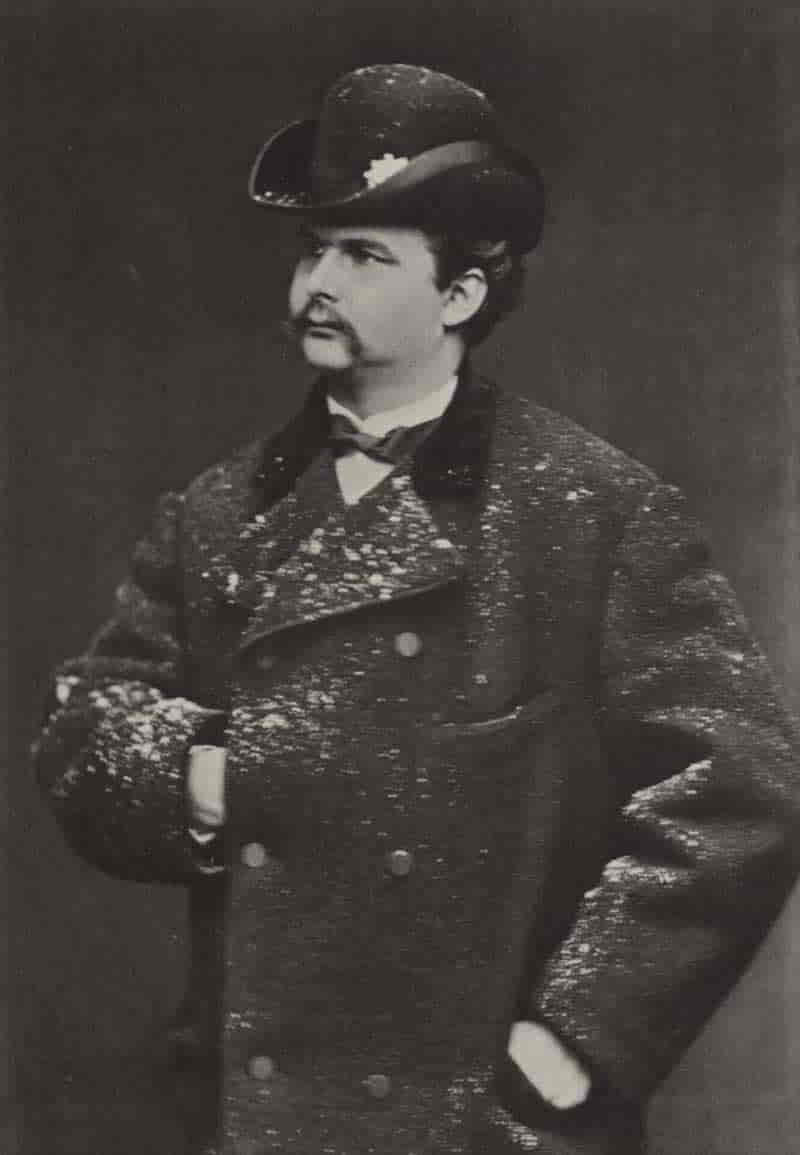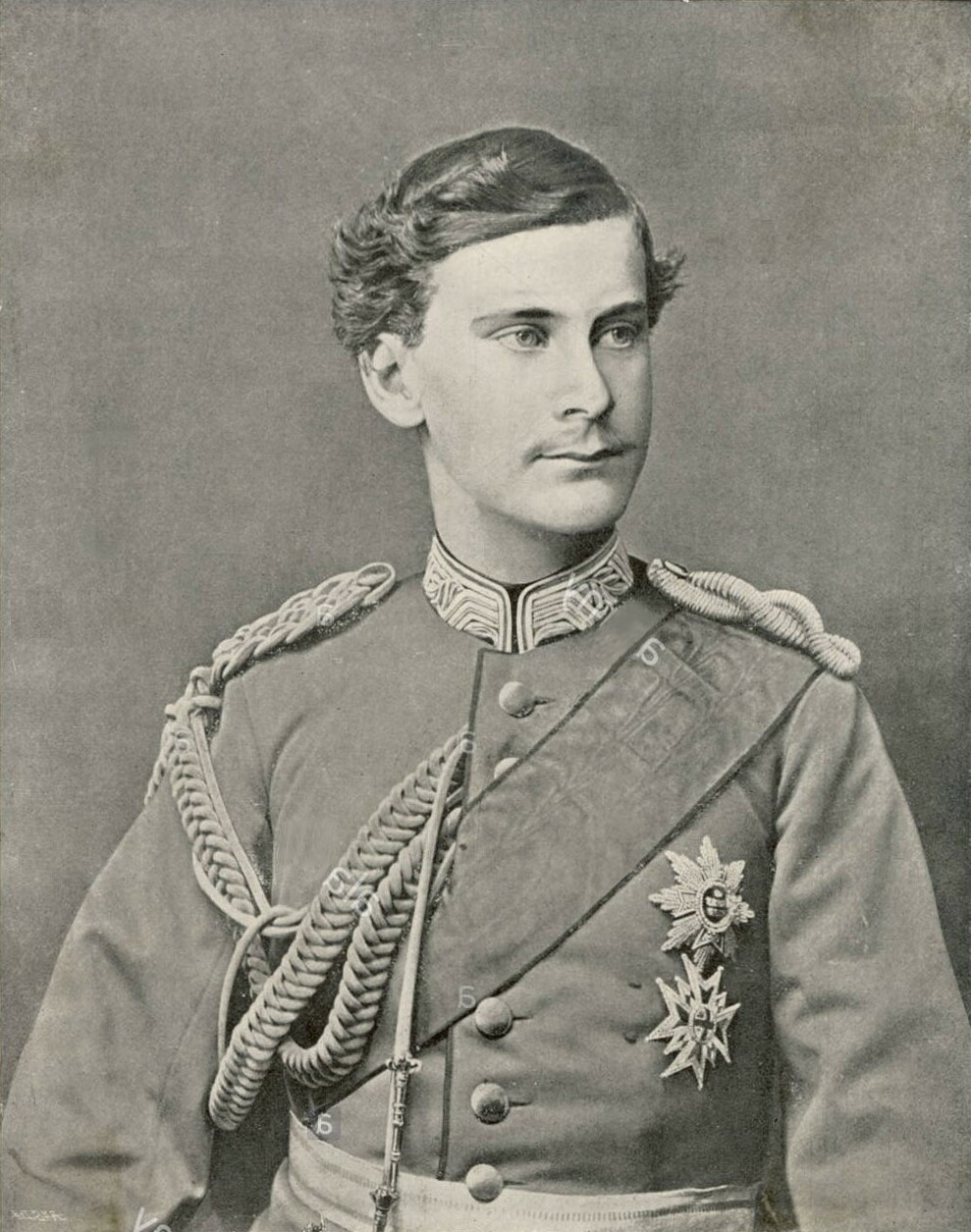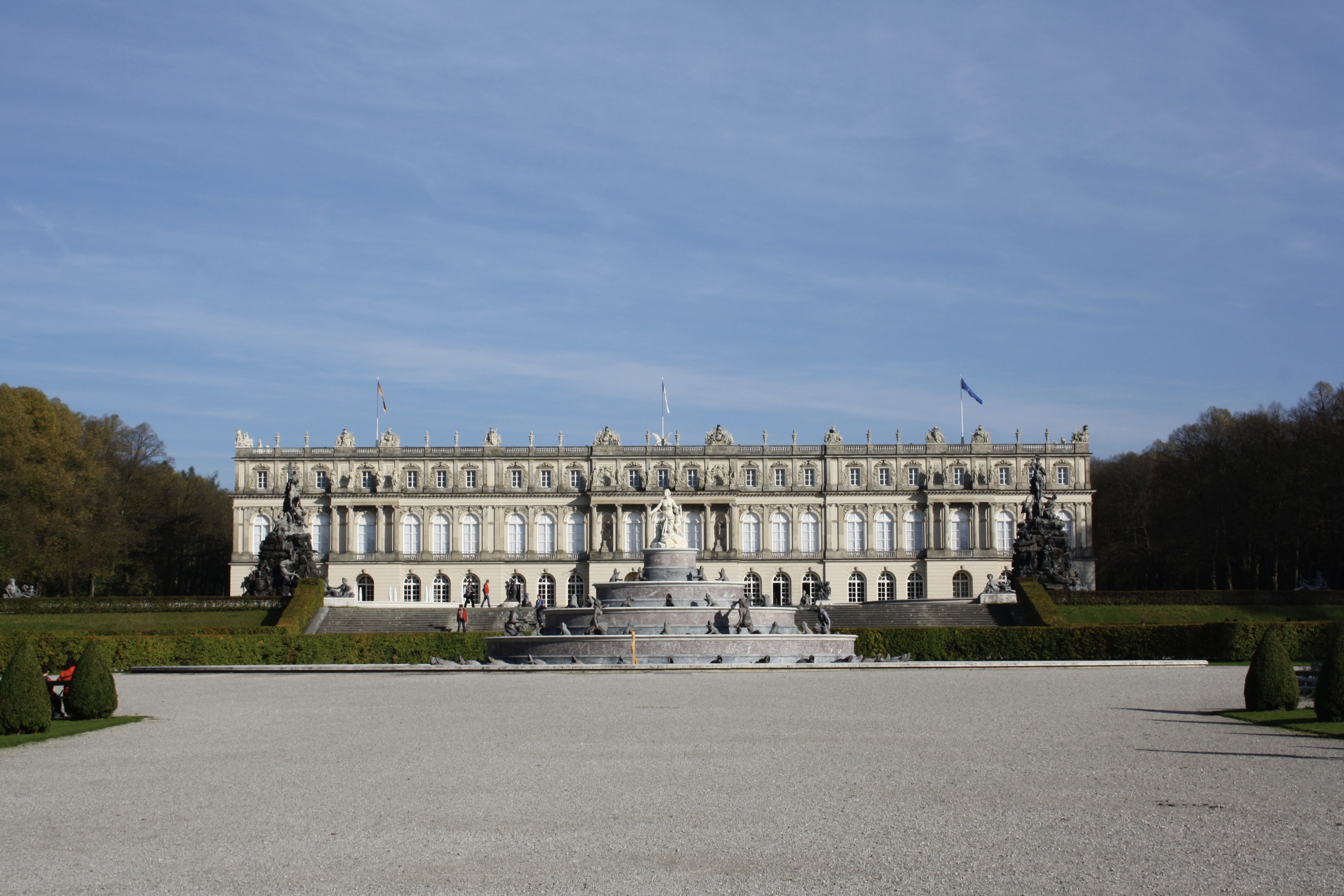To help tie together the various elements of the story of Ludwig II as we know it so far.
Ludwig II is the mad one we know. He was delusional to say the least and went on a building spree despite his lack of funds appropriate for his aspirations. As private palaces, he planned
Given his aspirations and the changing nature of his plans, one wonders if he would ever have been happy with one of his constructions or where his dreams were simply too delusional to be grounded in reality.
In the building of his numerous palaces, Ludwig used his own personal wealth and the salary he gained as king, However as his dreams became more and more unrealistic he started taking out loans with the banks, loans on which he couldn’t even pay the interest. As it is a diplomatic nightmare to declare a king insolvent, the Bavarian government needed ot find a way of removing him for power (he was by now just a figurehead) so that he personally was responsible for his personal finances and they were in no way connected with the state.
As the constitution meant they could only depose him on health reasons, they used his brother’s history and had him declared insane by the same doctor. ‘Treatment’ for his madness was scheduled to take at least a year which was enough time to legally establish a Regency under his paternal uncle Luitpold. On hearing the diagnosis, Ludwig implied that the ‘treatment’ would probably be alot quicker as ‘ it is so easy to get rid of a person if one wishes.’ The following day he was found dead with his doctor, in mysterious circumstances. Already an old man, Luitpold reluctantly stepped into the role of Prince Regent for the incapacitated Otto and ruled very successfully for about 30 years.
Ludwig had a brother who was three years younger: Otto who developed a bit of a political and military career, to the extent of leading troops into battle (I believe) and then possibly got something like Post Traumatic Stress Disorder. His exact illness is unknown, but he was diagnosed then as completely mentally incapacitated, which forced him to give up his dreams. By the age of 25, ten years after Ludwig ascended the throne he was institutionalised.
Unfortunately, it is believed that Ludwig would have abdicated early in life and given the throne to his brother. However either Ludwig took a while to reach this desire, or Otto was experience mental health problems earlier in life which were exacerbated by his military action. Otto’s mental illness also provided the excuse needed years later to depose Ludwig II.
Ludwig II’s idealistic views of knighthood and valour and true love was probably a result of his father Maximilian who was himself escaping the strict court of his father Ludwig I.
Ludwig I was a self professed ladies man (going so far as to commission the ‘Gallery of Beauties’ at Nymphenburg). However he became infatuated with the Irish beauty Lola Montez (in the Gallery of Beauties) and tried to grant her political powers. As he was not an absolute monarch, the Bavarian government and people would have none of this and so forced Ludwig to abdicate in favour of his son.
Ludwig II’s entire life seems to have been spent trying to escape. Particularly trying to escape from the responsibilities and expectations his position and religion placed upon him.
Ludwig II is the mad one we know. He was delusional to say the least and went on a building spree despite his lack of funds appropriate for his aspirations. As private palaces, he planned
- The mini Versailles on Herrenchiemsee (built but unfinished and already over budget)
- Neuschwanstein (built but unfinished and already over budget)
- Falkenstein (meticulously planned but unbuilt)
Given his aspirations and the changing nature of his plans, one wonders if he would ever have been happy with one of his constructions or where his dreams were simply too delusional to be grounded in reality.
In the building of his numerous palaces, Ludwig used his own personal wealth and the salary he gained as king, However as his dreams became more and more unrealistic he started taking out loans with the banks, loans on which he couldn’t even pay the interest. As it is a diplomatic nightmare to declare a king insolvent, the Bavarian government needed ot find a way of removing him for power (he was by now just a figurehead) so that he personally was responsible for his personal finances and they were in no way connected with the state.
As the constitution meant they could only depose him on health reasons, they used his brother’s history and had him declared insane by the same doctor. ‘Treatment’ for his madness was scheduled to take at least a year which was enough time to legally establish a Regency under his paternal uncle Luitpold. On hearing the diagnosis, Ludwig implied that the ‘treatment’ would probably be alot quicker as ‘ it is so easy to get rid of a person if one wishes.’ The following day he was found dead with his doctor, in mysterious circumstances. Already an old man, Luitpold reluctantly stepped into the role of Prince Regent for the incapacitated Otto and ruled very successfully for about 30 years.
 |
| Ludwig in middle age |
Ludwig had a brother who was three years younger: Otto who developed a bit of a political and military career, to the extent of leading troops into battle (I believe) and then possibly got something like Post Traumatic Stress Disorder. His exact illness is unknown, but he was diagnosed then as completely mentally incapacitated, which forced him to give up his dreams. By the age of 25, ten years after Ludwig ascended the throne he was institutionalised.
 |
| Otto |
Unfortunately, it is believed that Ludwig would have abdicated early in life and given the throne to his brother. However either Ludwig took a while to reach this desire, or Otto was experience mental health problems earlier in life which were exacerbated by his military action. Otto’s mental illness also provided the excuse needed years later to depose Ludwig II.
Ludwig II’s idealistic views of knighthood and valour and true love was probably a result of his father Maximilian who was himself escaping the strict court of his father Ludwig I.
Ludwig I was a self professed ladies man (going so far as to commission the ‘Gallery of Beauties’ at Nymphenburg). However he became infatuated with the Irish beauty Lola Montez (in the Gallery of Beauties) and tried to grant her political powers. As he was not an absolute monarch, the Bavarian government and people would have none of this and so forced Ludwig to abdicate in favour of his son.
Ludwig II’s entire life seems to have been spent trying to escape. Particularly trying to escape from the responsibilities and expectations his position and religion placed upon him.
- Ludwig was supposedly homosexual something which in pre-1871 was not a crime in Bavaria but something which his Catholicism did not accept. This seemed to have put him at a personal dilemma of quashing it to satisfy his religious beliefs but at the same time not ignoring it completely and marrying in order to fill the dynastic requirements placed upon him, particularly when his brother’s condition became clear. His actions in cancelling his engagement to Sophie Charlotte of Bavaria did have her happiness in mind.
- Ludwig was born the eldest son of the eldest son of the King and therefore he was always destined to be king himself, and yet he seems to have loathed the idea and would have escaped it if he could (he desired to give Otto his crown). It has even been suggested that had his government asked him to abdicate in 1886 he may indeed have done so. For a man who knew he would be king he was always looking for seclusion and alone time. I mean he built a castle on a private island so no one could reach him and built Neuschwanstein as his hermit’s hovel.
- This need to be alone was taken one step further in that he had his dining table in Linderhof and Herrenchiemsee able to be winched down to the floor below and replenished so the servants never had to be around him. Servants in that day and age were usually not seen and not heard, but there was some general overlap of them being in the same room. Ludwig designed his castle so even the stoking of fires could be done out of his sight.
- Part of his childhood; the time spent at Hohenschwanau, was spent surrounded by fairy tales and rather than view them as simply that, he viewed them as the idealised world and tried to escape from the real world into them by surrounding himself with them; Neuschwanstein not only covers the walls of a castle with them but the castle itself was designed to conform with these ideals.With Ludwig known as the Fairy-Tale King, as a result of this castle, it is only appropriate that Disney should use it as inspiration for his Cinderella Castle.









No comments:
Post a Comment